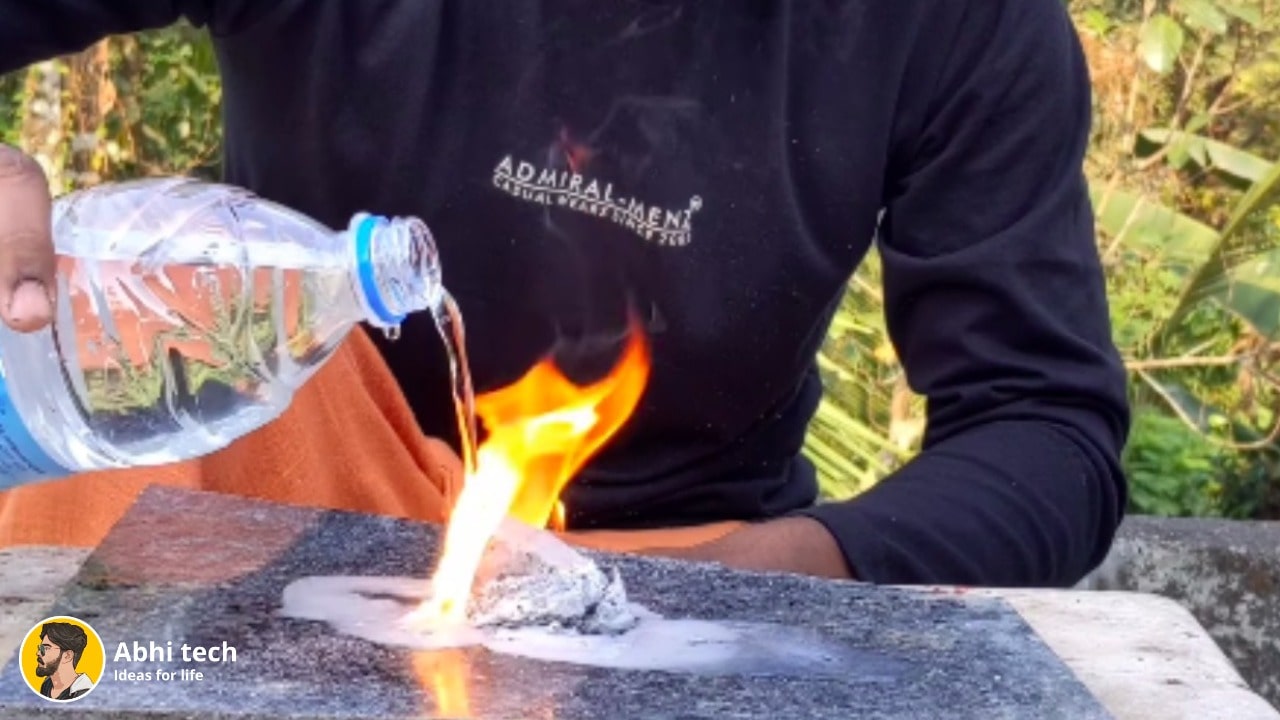Reaction of calcium carbide with water

What is Calcium carbide ?
Calcium carbide, also known as calcium acetylide, is a chemical compound with the formula CaC2. It is primarily used in the industrial production of acetylene and calcium cyanamide. Pure calcium carbide is colorless, but technical-grade calcium carbide typically appears grey or brown, containing about 80–85% CaC2 along with impurities such as calcium oxide (CaO), calcium phosphide (Ca3P2), calcium sulfide (CaS), calcium nitride (Ca3N2), and silicon carbide (SiC). When exposed to trace moisture, technical-grade calcium carbide releases a distinct odor reminiscent of garlic.
Historical Discovery and Chemical Reaction
The reaction between calcium carbide and water, which produces acetylene and calcium hydroxide, was first discovered by Friedrich Wöhler in 1862:
CaC2(s) + 2H2O(aq) → C2H2(g) + Ca(OH)2(aq)
The acetylene gas produced in this reaction is highly flammable and cannot be extinguished with water.
Additional Resources
For a visual demonstration of this reaction, please visit our YouTube channel.
References
2025 © Abhi tech. All rights reserved.
